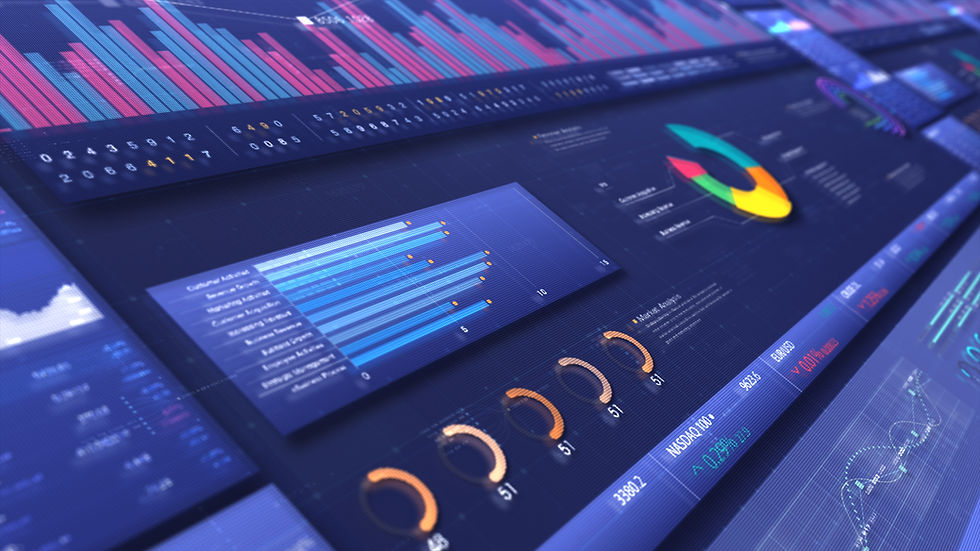Monitoring Data for Robust Operations
- Jeannie Lewis

- Jul 16
- 2 min read

Real-time tracking: The heartbeat of reliability
In the fast-paced world of plant operations and asset management, real-time data monitoring, including periodic data collection multiple times throughout the day, has evolved from a nice-to-have feature into a critical component of operational excellence. By delivering actionable insights the moment anomalies begin to form, real-time tracking equips reliability engineers to prevent failures before they escalate, reduce downtime, and extend the life of key assets.
Traditional maintenance often relies on historical data or time-based schedules. But with real-time monitoring, teams shift from a reactive to a predictive mindset. Through condition monitoring sensors and connected platforms, data is streamed continuously, identifying micro-variations in temperature, vibration, pressure, and flow. These signals become early warnings, enabling intervention before system disruption occurs. Through AI and ML, specific actions are provided for engineers to act upon, which leap-frogs the sequence of maintenance maturity.
Enhancing decision-making with data clarity
The true value of monitoring data for robust operations lies not just in collecting data but in interpreting it effectively. Modern predictive analytics tools and machine learning algorithms can detect patterns that humans alone would miss. Dashboards that prioritize clarity and customization allow engineers to act swiftly and with confidence. When teams understand the why behind an alert, they can prioritize repairs and allocate resources more efficiently.
Integration: The key to seamless operations
For real-time monitoring to deliver its full potential, it must be integrated across systems. Whether you operate with Maximo, SAP PM, or Oracle EAM, connected data should flow between CMMS, SCADA, and IoT platforms. This allows for closed-loop reliability, where insights from monitored data automatically inform work orders and scheduling.
Driving a reliability culture
Perhaps most importantly, real-time data fosters a culture of accountability and continuous improvement. Operators and technicians can see the real-time impact of their decisions, fueling engagement and cross-functional collaboration. Over time, plants leveraging real-time tracking see measurable gains in uptime, asset utilization, and maintenance productivity. This is a huge point and arguably the most important aspect of reliability. Leaders need to evangelize reliability culture. For example, to move the needle on uptime, OEE, and other key aspects in manufacturing, driving reliability culture is the differentiator.
Conclusion: Future-proofing with real-time intelligence
To maintain a competitive advantage, reliability teams must move at the speed of data. By embedding real-time monitoring into operations, they are not just preventing failures—they’re engineering resilience into every layer of their operations.
References
Mobley, R. K. (2020). An introduction to predictive maintenance (2nd ed.). Butterworth-Heinemann.
Ebeling, C. E. (2019). An introduction to reliability and maintainability engineering (2nd ed.). Waveland Press.
U.S. Department of Energy. (2023). Operations & maintenance best practices guide (Release 4.0). https://www.energy.gov/eere/femp/operations-and-maintenance-best-practices





Comments